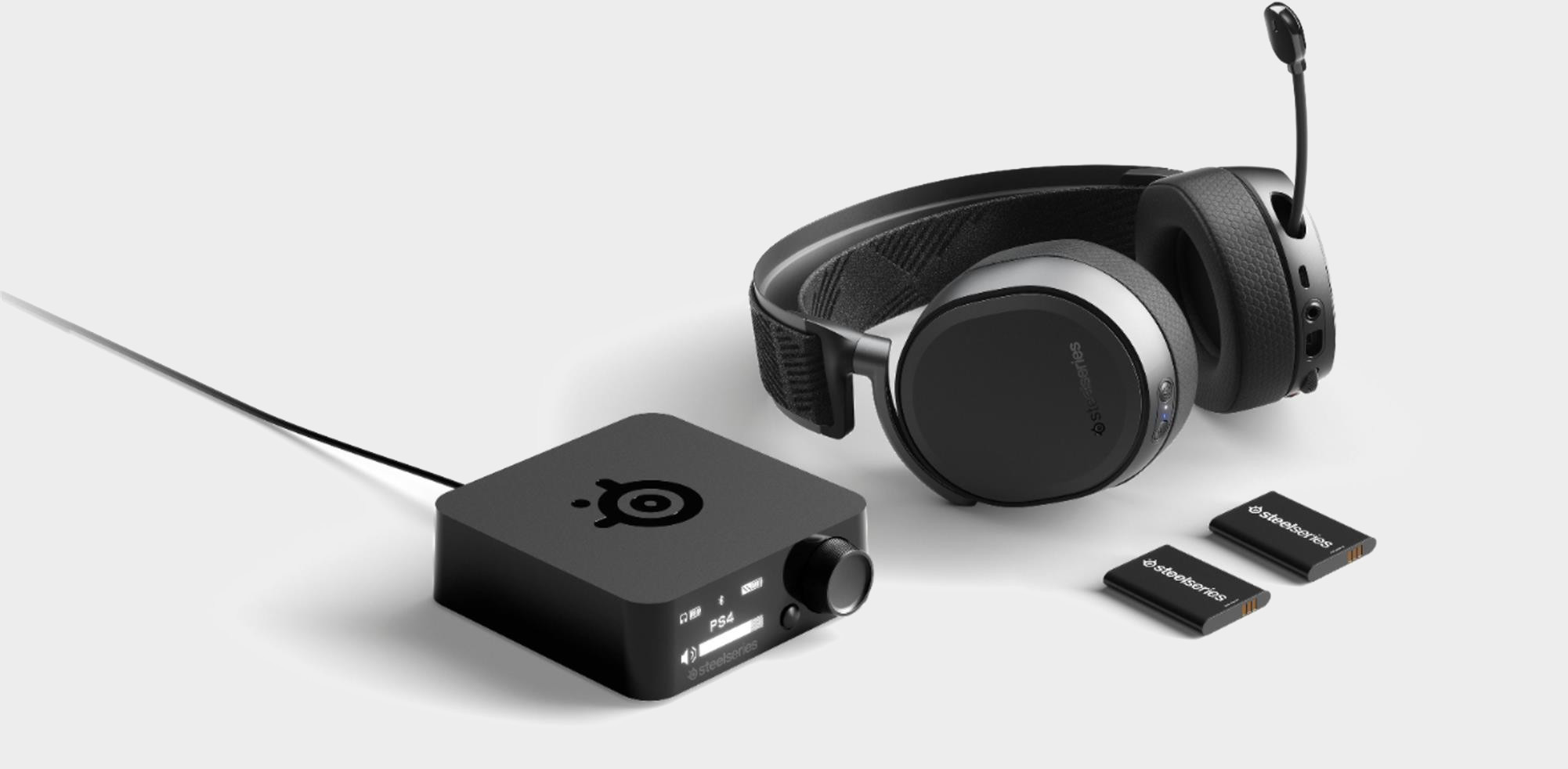Microsoft will soon force Internet Explorer users to open Edge for some websites
The end of the Internet Explorer era is nigh.

Goodbye, Internet Explorer, we hardly knew ye. Well that's not true—some of us knew IE very well for a very long time, first getting acquainted in the mid 1990s when the internet had not yet exploded. But now two and a half decades later, Microsoft ironically plans to intentionally break IE's functionality, and push users over to Edge instead.

Best wireless gaming mouse: ideal cable-free rodents
Best wireless gaming keyboard: no wires, no worries
Best wireless gaming headset: top untethered audio
It's ironic because in the early days, IE's appeal was that it offered better compatibility with the web at large. By the late 1990s, IE had overtaken Netscape Navigator as the dominant browser, and at its peak held over a 90 percent share of the browser market (check out this neat animation that highlights IE's rise and fall). Earlier versions of IE paid little attention to web standards, and because of its dominant market share (and the fact it was bundled with Windows), many web developers constructed their sites and services around IE. In essence, Microsoft sort of broke the web for other browsers.
Now it's ending IE support in a slow push to put it out to pasture. Microsoft is all about its Edge browser nowadays, which is based on Chromium (and is actually pretty good), the same engine powering Google's competing Chrome browser. And beginning with Edge 84 released this summer, Microsoft has been testing a forced migration from IE for some users, and will flip the switch for all IE users with Edge 87 next month (via ZDNet).

Microsoft is doing this through a new DLL (dynamic link library) file injected into Edge—it's basically a plugin. IE references this file, which as of this moment contains a list of 1,156 websites (you can reference a list here). If a user visits one of those sites in IE (Asana, for example), they get an error message that reads, "This website doesn't work with Internet Explorer! Microsoft recommends continuing your browser session in Microsoft Edge to avoid interruptions." Clicking the 'Continue browsing' button on the pop-up will then open Edge.
For some users, this could range from a minor annoyance to a major headache for system admins. Fortunately, admins can set group policies to prevent IE from pushing users to Edge, if that is not conducive to an enterprise environment for whatever reason.
Either way, IE is a dead browser walking. Microsoft recently announced it was ending support for IE 11 on August 17, 2021. In the meantime, IE is clinging to a 5.37 percent share of the overall browser market, according to data collected by Net Applications, versus Edge at 7.48 percent, Firefox at 7.60 percent, and Chrome at 69.19 percent.
Keep up to date with the most important stories and the best deals, as picked by the PC Gamer team.
Paul has been playing PC games and raking his knuckles on computer hardware since the Commodore 64. He does not have any tattoos, but thinks it would be cool to get one that reads LOAD"*",8,1. In his off time, he rides motorcycles and wrestles alligators (only one of those is true).


